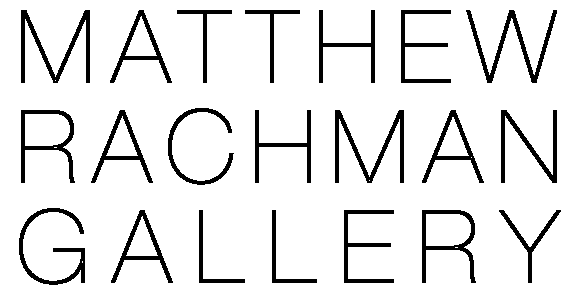MRG: I was actually wondering about the relationship between the organic and geometric in your work. Your paintings have very flat and graphic elements, but they are combined with organic and primal shapes.
HPS: I have a tendency to over-calculate in my work. Before I set out to paint, I sketch everything out and have everything set in place. The applying of color changes elements here or there, they will shift in the process. Nonetheless, I would be filling in my initial composition.
I felt that I needed to find a way to break out of this tendency. One direction I took was to do one section of a given painting in a very solid, graphic manner while doing another part, like the trees and grass, in a very fluid and playful manner.
Untitled is an example where the improvisation comes with through the forms themselves, although they retain their graphic flatness.
MRG: Your use of color is very bold. Your color choices make me think about how I remember things. I feel like because memory can heighten or over exaggerate the certain aspects of a given recollection—there's a certain brightness, vividness to those specific parts. Do your colors have any relationship?
HPS: Color, for me, is very intuitive. I dream in color; my memories are in color. My sense of sight above the other senses is much stronger as well, but I think, particularly, in the way I see colors.
Shapeshifting is a representation of a past, present and future self; there’s three selves embedded within the landscape, and the landscape, in turn, is embedded in the figure. We’re inside the landscape physically, and the landscape is inside our minds. We’re perceiving it at all times. The present self is moving [in the work], and above the self's head there’s a little orb, containing a thought inside of it. The thought is red. For this one element, the use of color was very intentional. Anxiety of being in the present moment, moving through thoughts which can be stressful or painful.
I use color in the way it comes to me. I try to balance color in terms of value and tone to create a sense of rhythm. Nowadays I’m simply drawn to colors. I mix all of my colors. I don’t use anything from tube; I mix until I get the colors I want. I’ll shift my colors a bit as I'm applying them on canvas, once I see how the colors are responding to one another.
MRG: What is memory for you?
HPS: Everyone has a plethora of memories, even a person who’s lived in the same place all their life is going to have a wealth of experiences, things that have happened to them. I’ve lived in five different countries in my life so far, and done a lot of traveling.
This body of work comes from a sketch I made for a class where we had been prompted to make a self-portrait. At that point in my life, I was thinking a lot about all the experiences I had accumulated from living in places that were all so different from one another, and how, despite all of this, I was still one person. I felt very fragmented in certain ways. I would go into certain situations, and find myself in a certain role for a little while before having to shift mentally when going back to another culture, job, school.
The work for the project was originally more symbolic. Made out of orbs, I had a figure connected together with lines. Inside [each orb] there was an image representing a fragment of a place I had lived in, or, a feeling I had felt at the time. It was a meditation into the relationships these fragments had to one another. Eventually, I turned the sketch into a painting where all these different orbs with their contained imagery became connected geometrically. I think all you’ve done or experienced in life is somehow always within you. Depending on what you’re focusing on or where you are, different aspects of your being are much stronger and present than others; but everything still is embedded in you somewhere.
When I made the move from symbolism to abstraction in my work, I started thinking about how certain memories begin to fade. You either completely forget about them, or you begin to remember only certain aspects of the memory. The specific symbolism is gone; the forms become more and more abstract until, eventually, they are reduced to pure form.


















